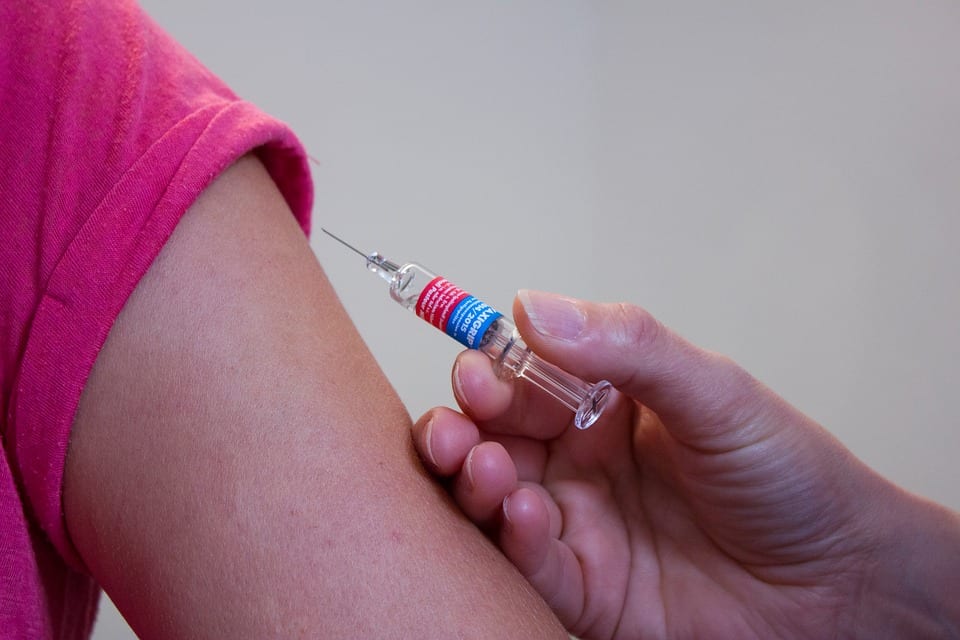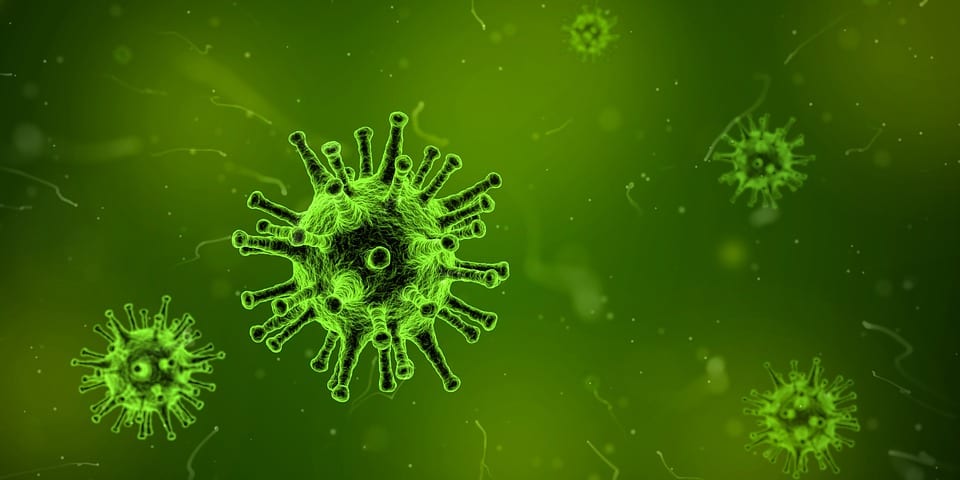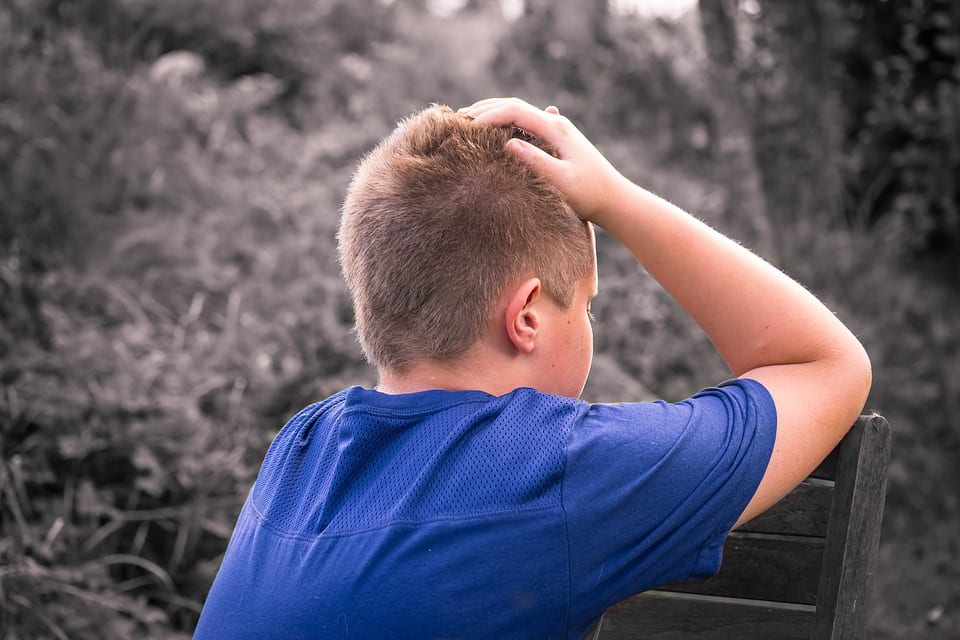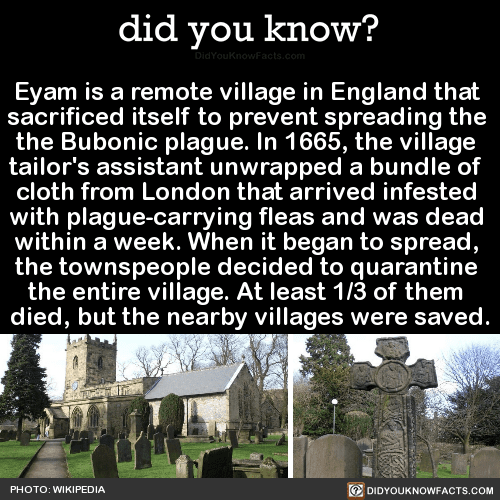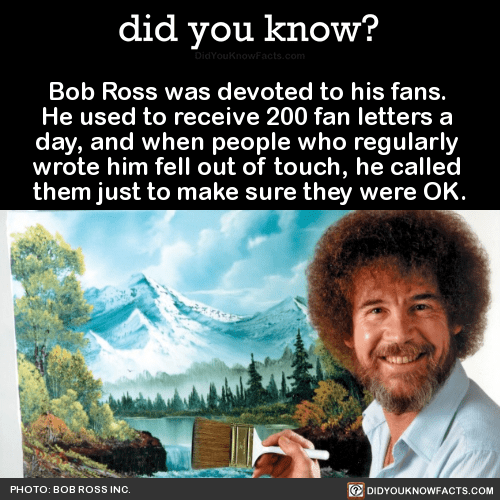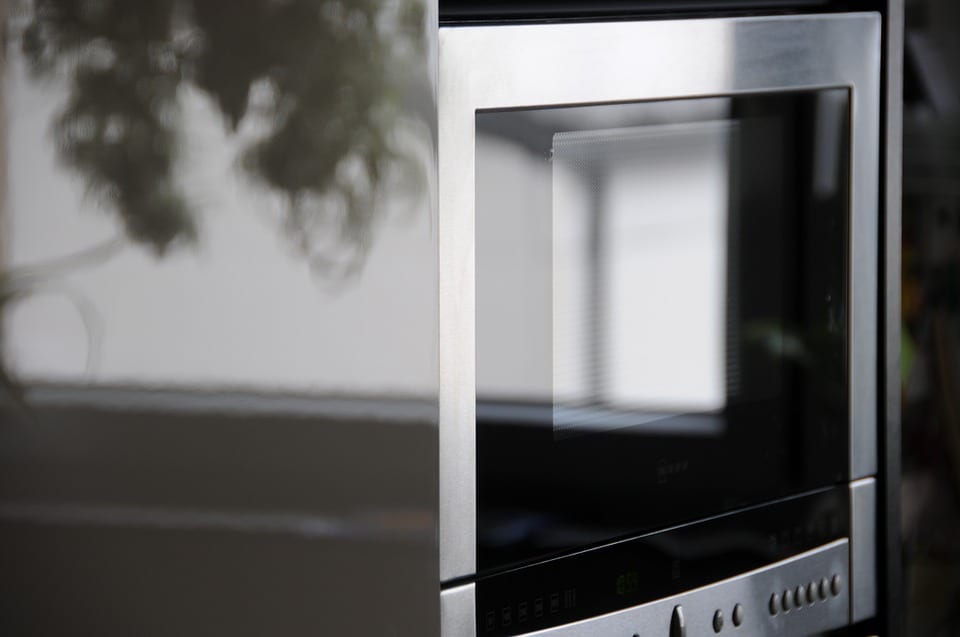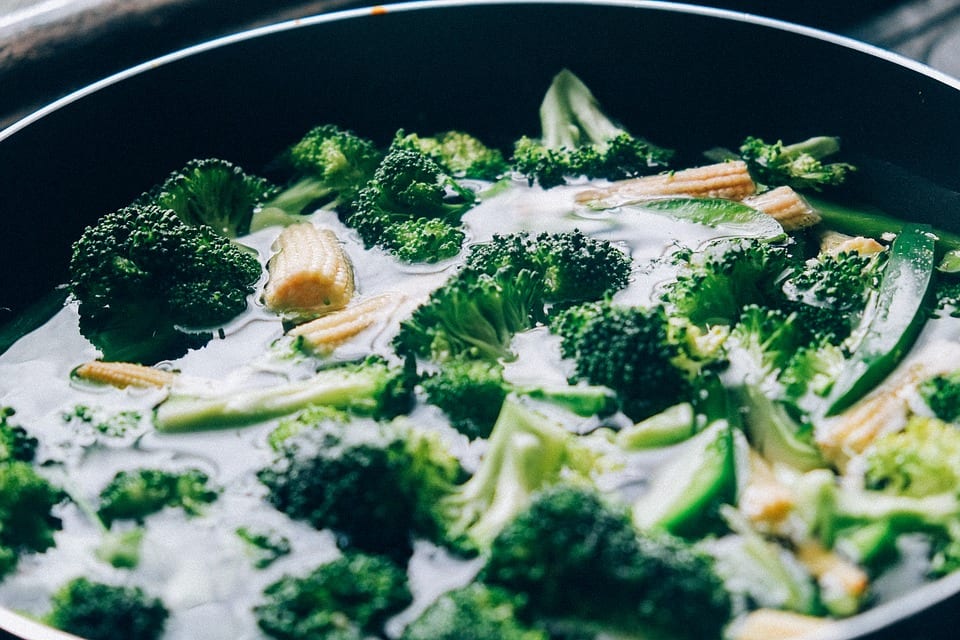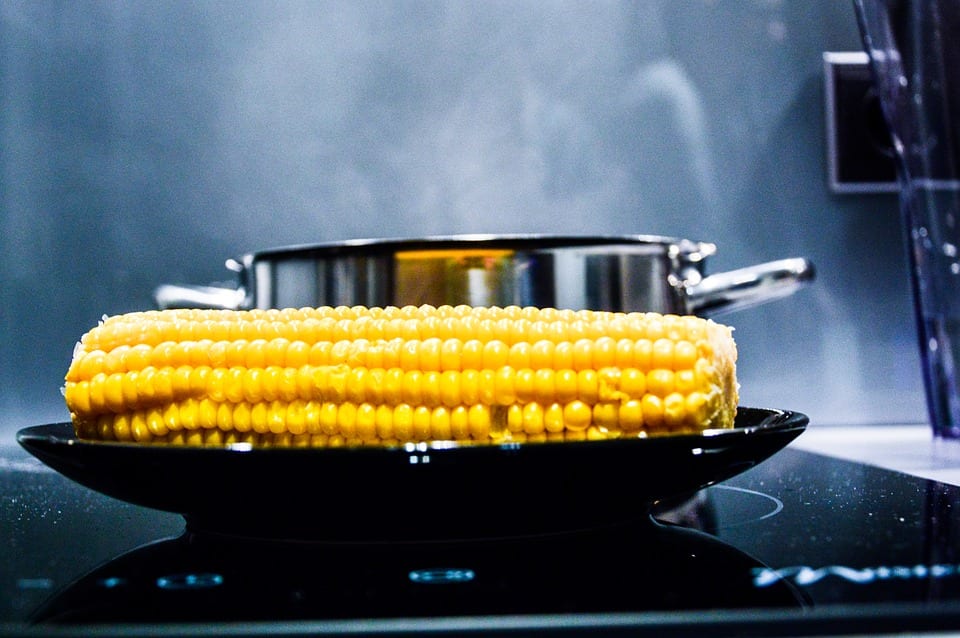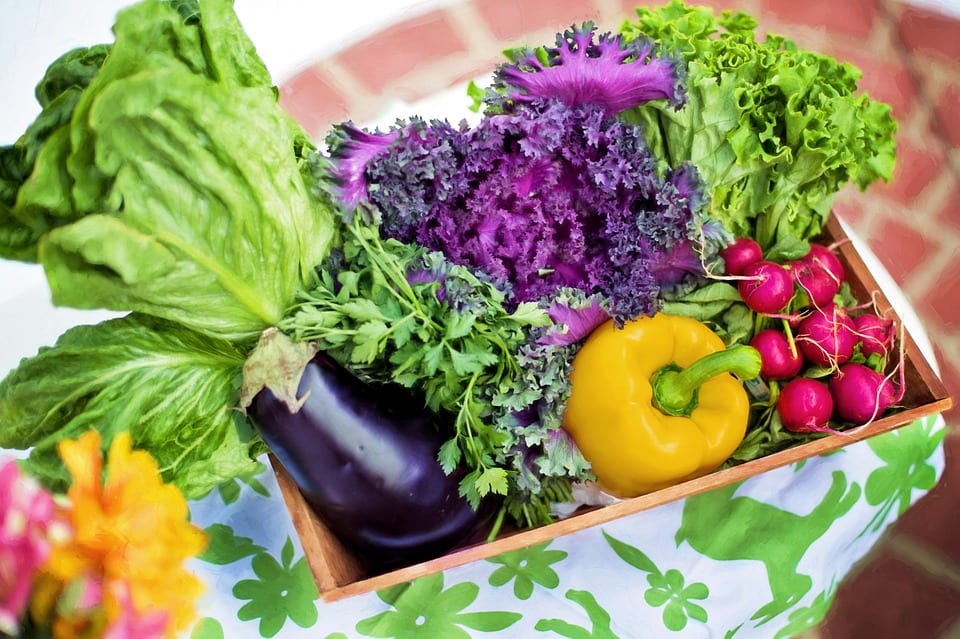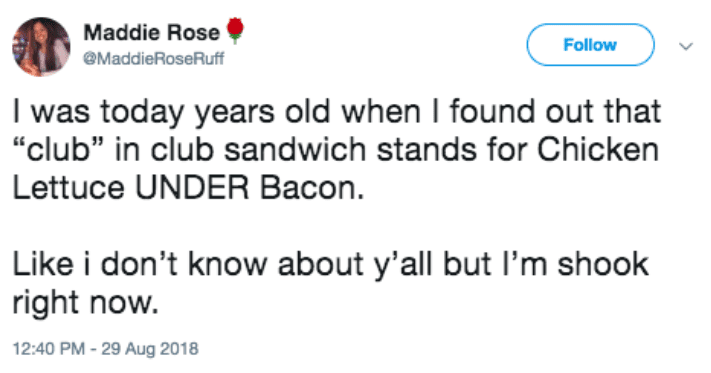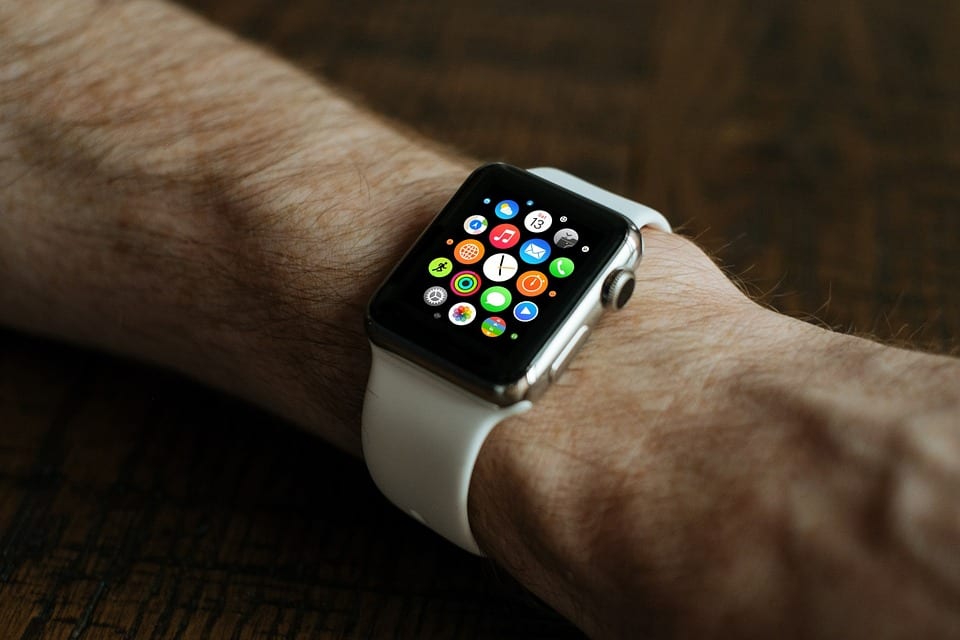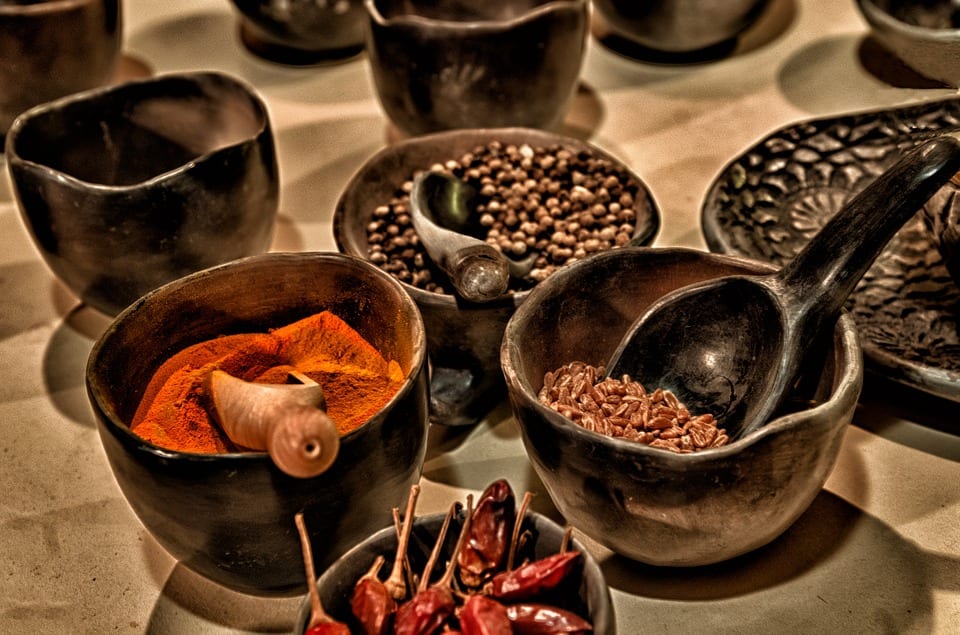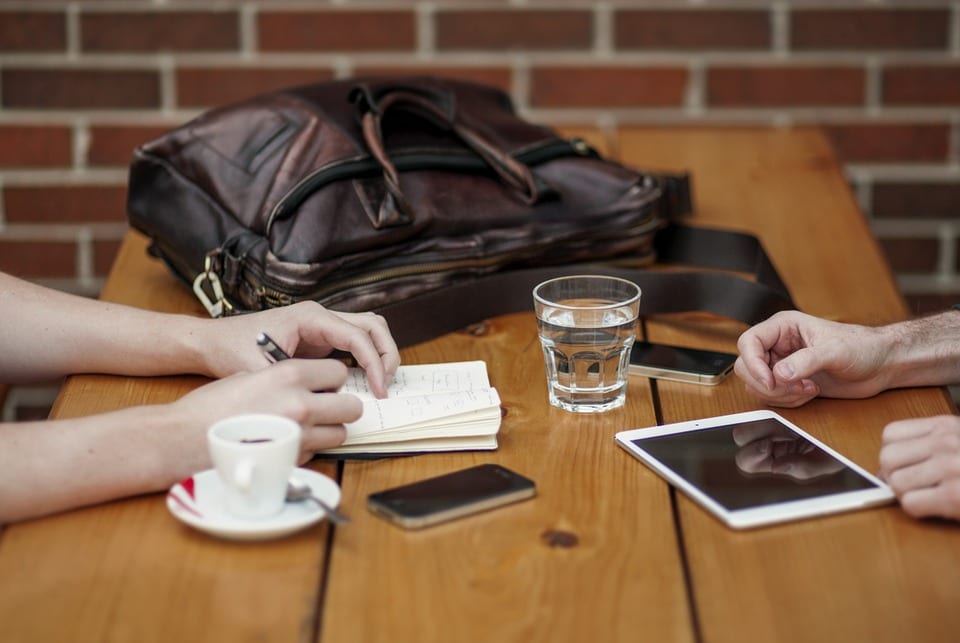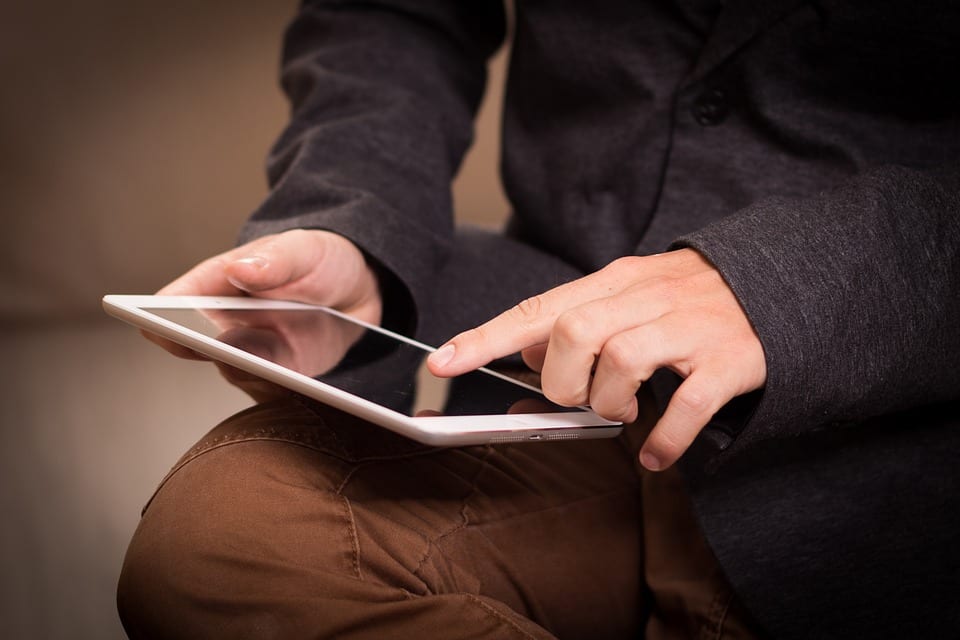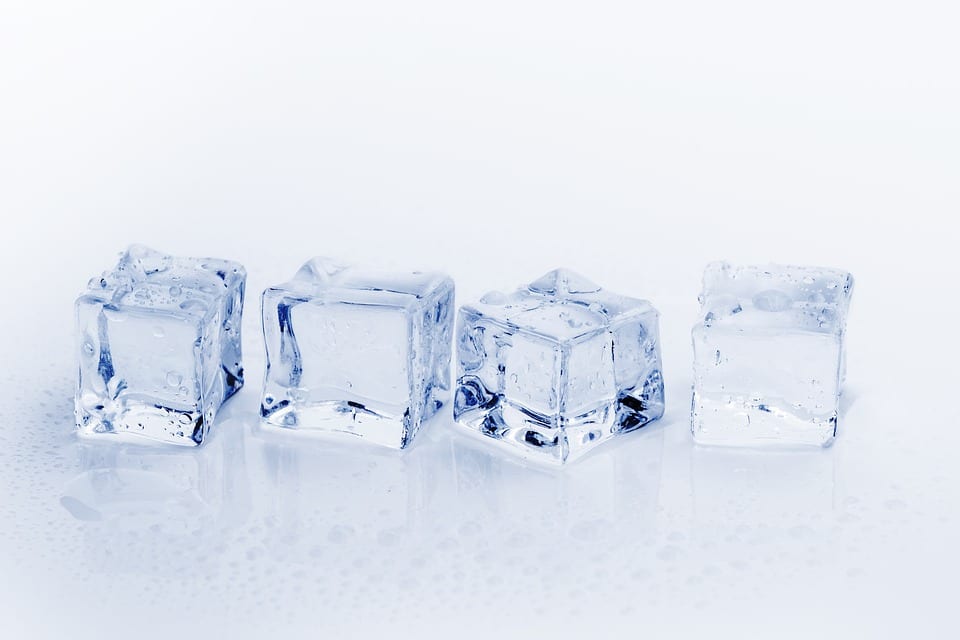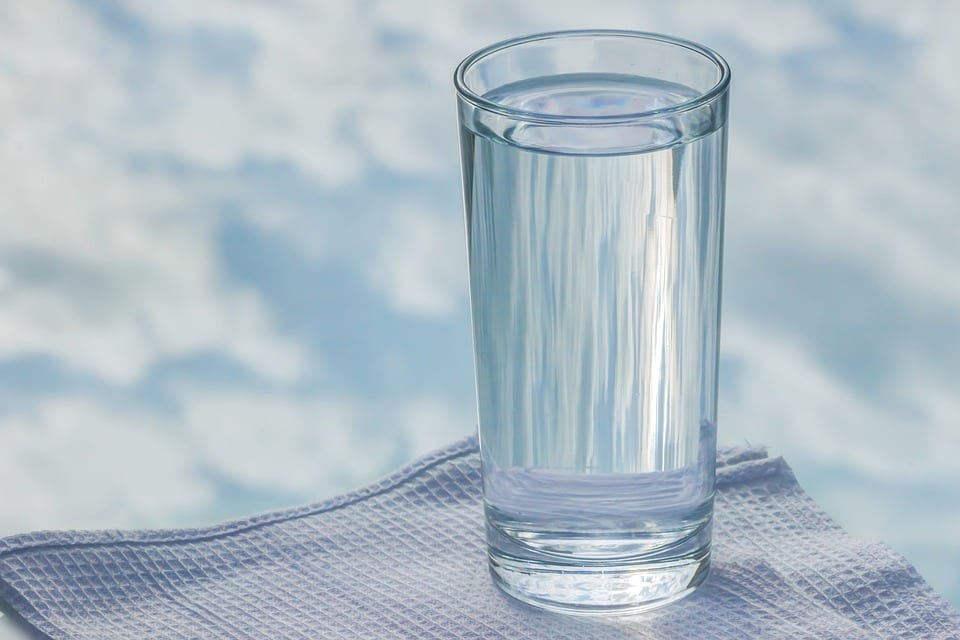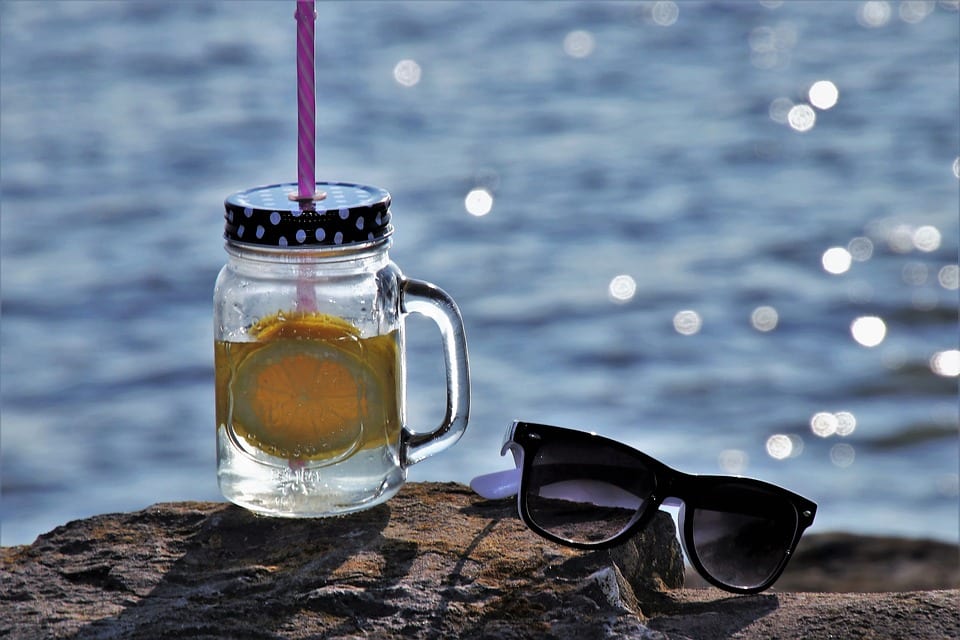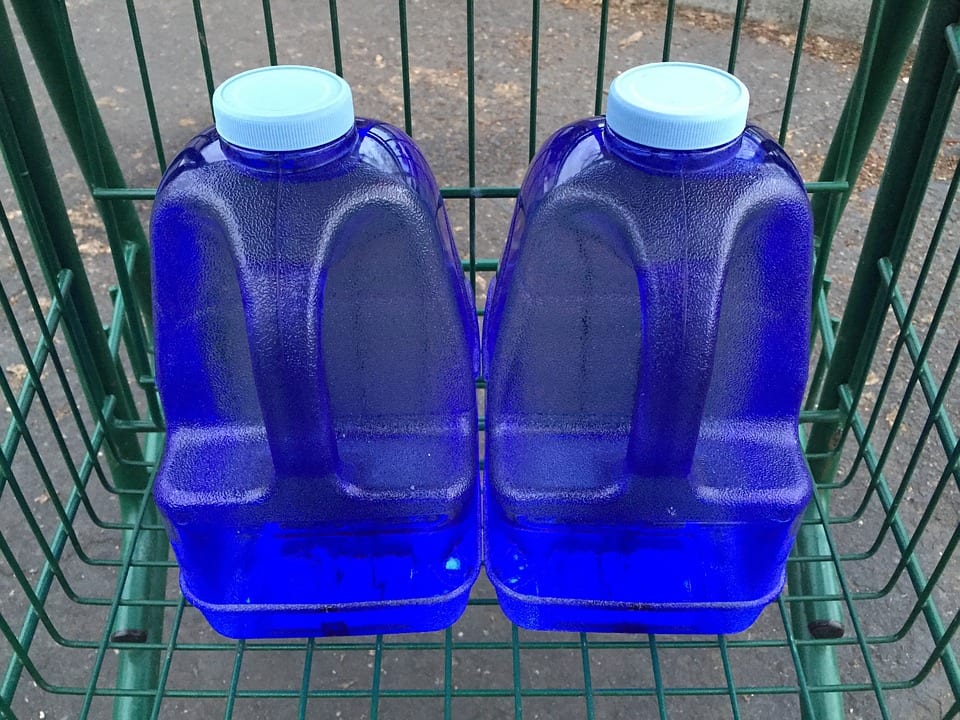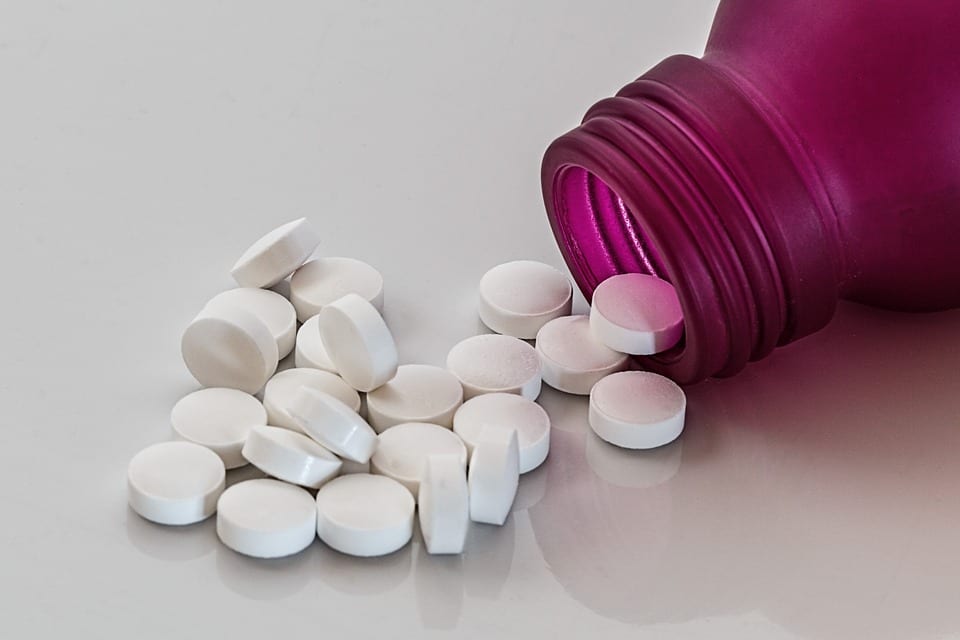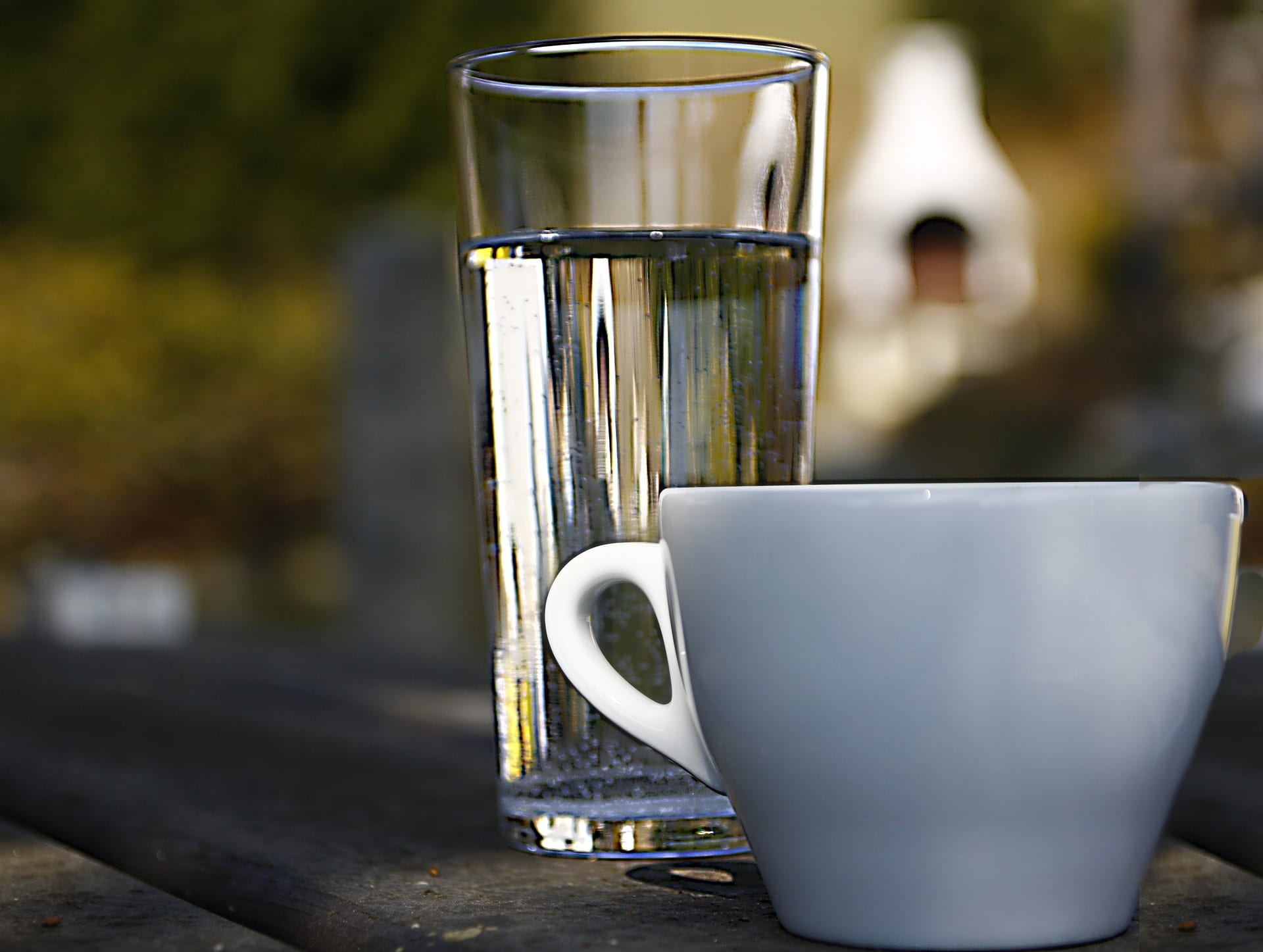There’s a reason why those of us with weak stomachs don’t become doctors. They see more blood, gore, and bile in one week than most of us do in a lifetime. But everyone has their limits – even doctors – and sometimes things poke through the patina of professional ability.
If you decide to read through these 15 doctors’ confessions about what still gives them the heebie-jeebies after years of practicing medicine, I hope your stomach is strong.
#15. Absolutely ghastly
“Doctor. Nothing visual/physical really gets to me these days. Smells can be absolutely ghastly. But people’s suffering can be profoundly affecting, both patient’s and families.”
#14. Chilling to the bone
“How cruel people can be. Dealing with disease is one thing, but dealing with victims of any kind of assault, domestic violence or mass tragedy is chilling to the bone.”
#13. I’m taking a bath in bleach
“Patient has Mrsa : skip the gown because we all have it, it’s fine what Evs
Patient has scabies / bed bugs: JeSus fucking Christ where the fuck is my 3rd PPE gown tie, I need 6 gloves and 4 Shoe covers and if they even so much as touch me I’m taking a bath in bleach , I left my phone in the break room because if it fell outa my pocket it will stay there till the end of time .”
#12. There’s something about that open nose
“I work at a maxillofacial surgeons’ department and I’ve seen a lot of procedures which don’t phase me; teeth extractions, upper and lower jaw realignment, traumas of all types (broken jaws, broken orbital sockets, …) oncological procedures, explorations. The lot.
But there’s 1 procedure that makes my gut wrench; rhinoplasties. There’s something about that open nose, and people cutting and prodding around that makes me so uncomfortable. I don’t know why.”
#11. I have to suppress a shudder
“Anesthesiologist here. Blood, gore, and people trying to die on me don’t really phase me much. But when I’m in the eye room and the surgeon sticks a needle into someone’s eyeball I have to suppress a shudder.”
#10. Parasites
“I can handle skin sloughing diseases, gore, and meth head tweeters just fine… But damn, I hate parasites….. bed bugs, scabies, tapeworms (fun fact- you can end up with tapeworm eggs in your brain if you have tapeworms and your hygiene is rank enough).”
#9. Full body skin conditions
“I’m a trauma surgeon so blood and mangled bodies doesn’t really phase me, but full body skin conditions do! Things like eczema herpeticum and Norwegian scabies make me itch all over and really uncomfortable.”
#8. Chopped fingers still get me
“I’ve seen all sorts of disgusting and gory things which uniphase me but for some reason chopped or dismembered fingers still get me.”
#7. The common thing we all hate…
“For me it’s nasty teeth. There are very few things that move me in any way (medicine or otherwise) but daaaamn nasty teeth. I could never ever be a dentist.
My friend works in emergency medicine and can’t stand hand wounds. She’s the toughest, most bad-ass lady I know but hand wounds make her swoon like a medieval maiden.
Among other doctors I know it’s usually skin conditions and burns.
The common thing we all hate is abuse.”
#6. Living where they shouldn’t be
“All the creepy crawlies living where they shouldn’t be. The more slithery the worse it is.
A kid is awoken by intense pain and a scratching sound in the ear? Usually a cockroach – not so bad, but a hassle to remove piecemeal leg by leg if it comes to that.
Some guy is complaining of nasal congestion and some bleeding months after a vacation? Yup, leeches in the nasal cavity. I’m never going swimming in any rivers ever.
Diabetic patient complaining of a non-healing wound behind his ear? I scoop out dozens of maggots from underneath the skin flaps and they’re falling on the patient’s stretcher.
A pregnant patient admitted for delivery is complaining of itching down there after maybe straining a bit too much? An Ascaris roundworm is poking its head out the butt and saying hello.
Always makes me gag when I have to be the one to remove them.”
#5. Botflies are a common theme
“Large Parasites that live in the skin.
I can deal with worms in the organs, or microscopic spiders living in my face pores, but when it comes to scabies or botflies I want to claw my own skin off.”
#4. A big NOPE
“Very little does… I can see blood, guts, death, and very little phases me. But watching any video of somebody breaking a bone gets a big NOPE out of me.”
#3. Suctioning out saliva
“I don’t mind pus, blood, poop, urine. But, for the love of god, I can’t stand saliva. It grosses me out when anesthesia suctions out saliva.”
#2. Phantom itching for hours
“I can’t even see or hear the phrase “Fournier’s Gangrene” without cringing. (Don’t Google image search that at work unless you also work at a hospital.)
Also I reallllly don’t like going into patients’ rooms when they have bedbugs. Even if I gown and glove before heading in and only touch them to do an exam, I will have phantom itching for hours and then change clothes in my garage when I get home because NOPE.”
#1. Unclean nose issues
“My wife has been a family practitioner for 10 years. She says the only thing that really still grosses her out is nasty, unclean nose issues.”
Brb barfing.
The post 12+ Cases That Still Make Doctors’ Skin Crawl appeared first on UberFacts.


